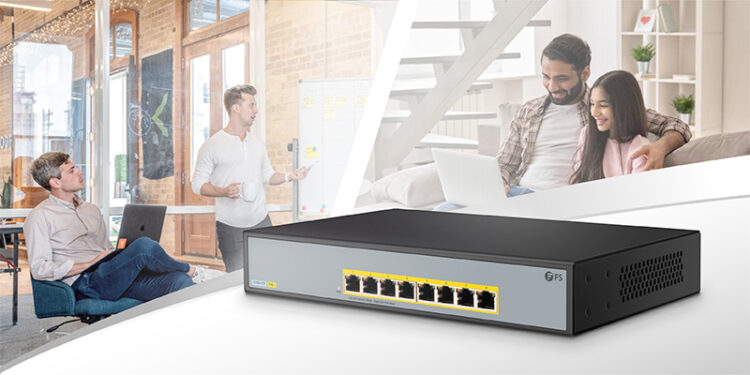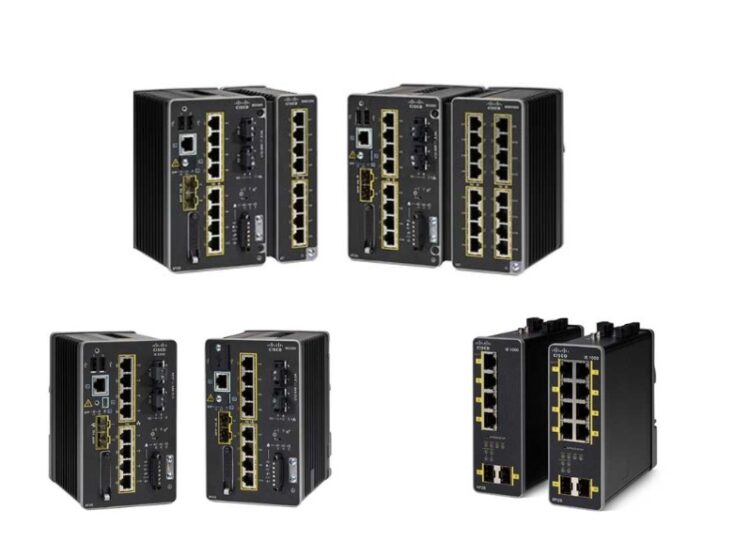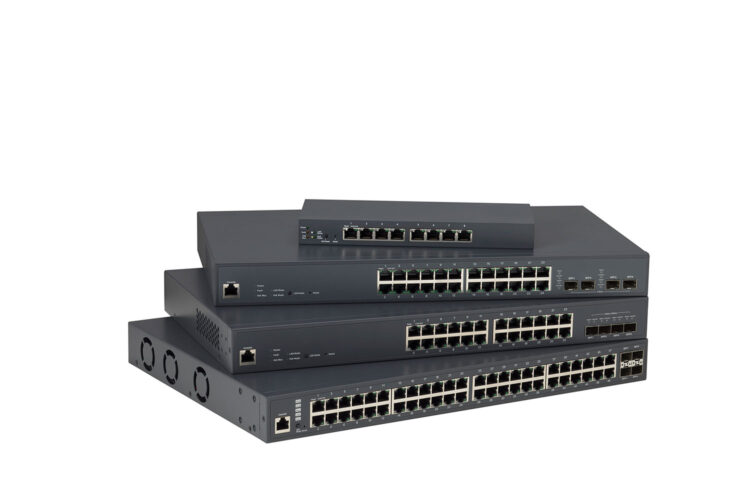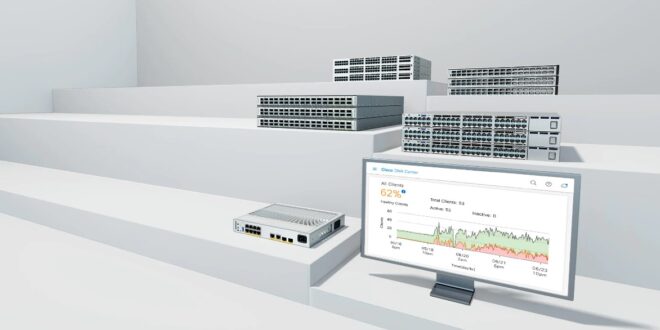Cisco switches are a popular choice in the computer networking industry due to their high performance and reliability. They are essential in connecting devices and enabling communication between them in a network. Cisco switches come in different types, each designed for specific network requirements. Unmanaged switches are simple and inexpensive, ideal for small networks that require basic connectivity.
Managed switches offer greater control over the network and support advanced features such as VLANs and QoS, making them suitable for medium to large networks. PoE switches provide power to network devices, simplifying network deployment and reducing costs.
The type of switch chosen for a network will depend on the network requirements and the desired level of control and functionality. Cisco switches are a trusted choice for organizations looking for reliable and high-performing network switches. In this article, we will discuss the three main types of switches: Unmanaged, Managed, and PoE Switches.
Unmanaged Switches

Unmanaged ones are the simplest type of switches and are typically used in small networks. They are plug-and-play devices that require no configuration. Once connected to a network, they start working immediately. Unmanaged switches are inexpensive and easy to install, but they have limited functionality. They cannot be configured, and they do not support advanced features such as Quality of Service (QoS), VLANs, or traffic monitoring.
Managed Switches

Managed switches are more advanced than unmanaged switches and offer greater control over the network. They can be configured to meet specific network requirements and support advanced features such as QoS, VLANs, and link aggregation. Managed switches also provide better security and allow for remote management. They come in two types: Smart and Fully Managed.
Smart switches are less expensive than fully managed switches and offer a limited set of features. They are suitable for small and medium-sized businesses that require some level of control over their network but do not need the full range of features provided by fully managed switches. Fully managed switches, on the other hand, provide complete control over the network and offer a wide range of advanced features. They are ideal for large enterprises and organizations that require a high level of network control and security.
PoE Switches

PoE (Power over Ethernet) switches are managed controls that provide power to network devices through Ethernet cables. They are designed to simplify the deployment of network devices such as IP cameras, wireless access points, and VoIP phones. PoE buttons eliminate the need for separate power supplies, reducing the cost and complexity of network installation. They come in different power capacities, and the power output of each port can be individually controlled. PoE changes also provide advanced features such as QoS, VLANs, and link aggregation.
Conclusion
In summary, Cisco switches come in different types, each with its unique features and functionality. Unmanaged switches are simple and inexpensive but offer limited functionality. Managed switches provide greater control over the network and support advanced features such as QoS, VLANs, and link aggregation. PoE controls provide power to network devices through Ethernet cables, simplifying network deployment and reducing costs. When choosing a switch, it is essential to consider the network requirements and choose the type that best suits your needs.
 Hi Boox Popular Magazine 2024
Hi Boox Popular Magazine 2024



